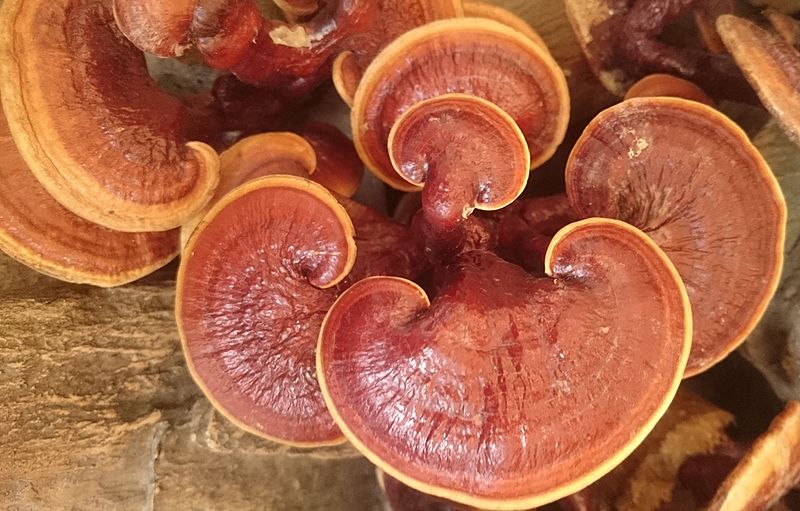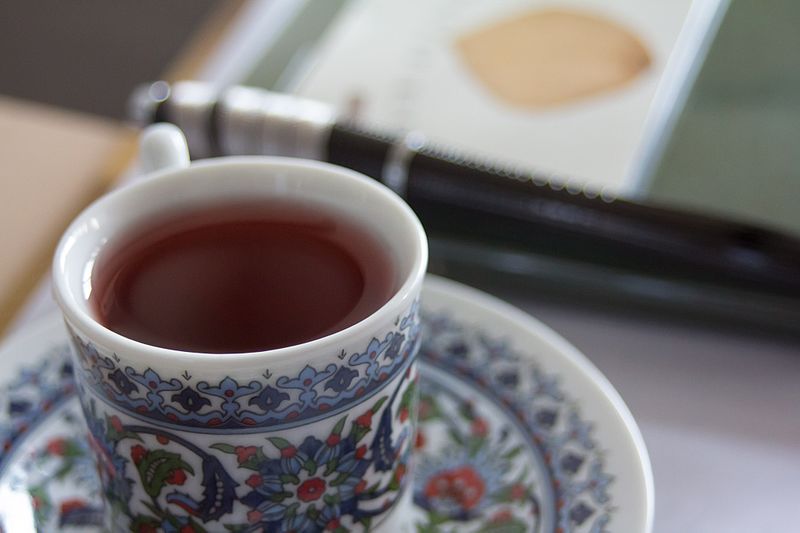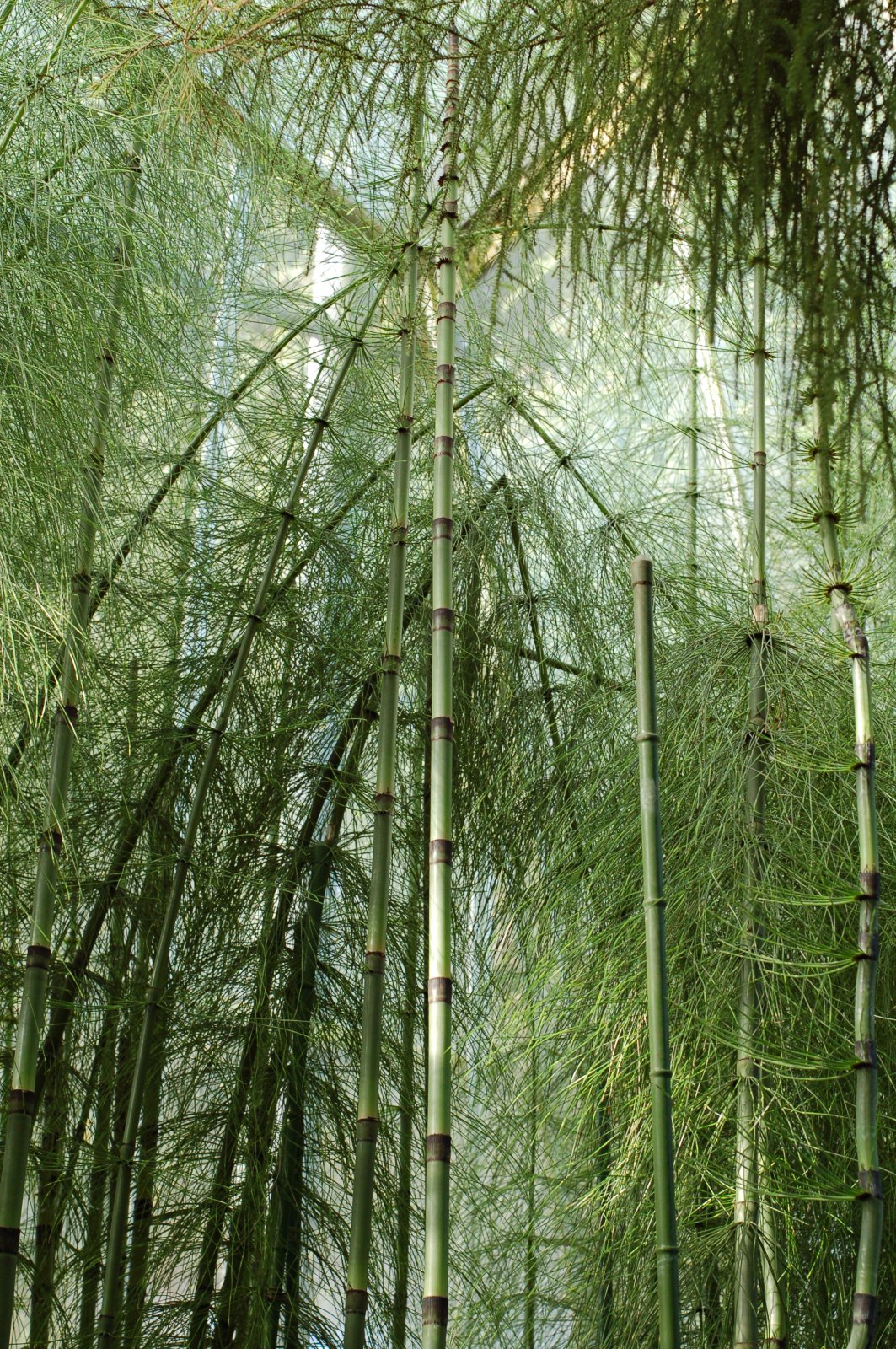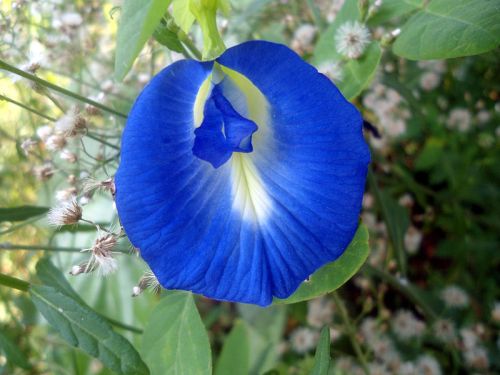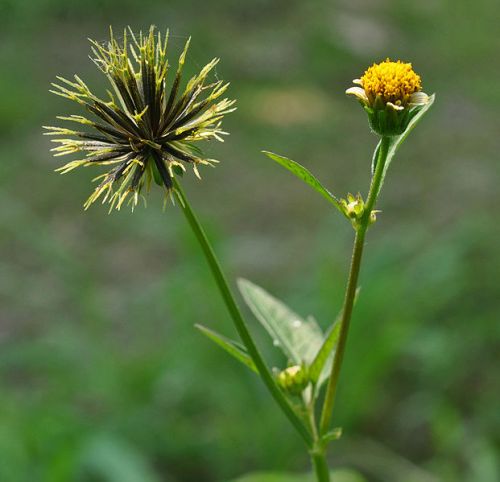by Piter Kehoma Boll
Let’s bring a high dose of beauty into today’s Friday Fellow with a wonderful species that may sometimes be found in your garden.

Fritillaria imperialis, the imperial fritillary or crown imperial, is native from Asian highlands between Turkey and the Himalayas but is cultivated worldwide, having a series of artificially selected cultivars. The plant reaches a height of about 1 m and has a series of lance-shaped leaves along its stem, similarly to what is found in other species of the lily family, Liliaceae, to which it belongs. The flowers appear in a whorl close to the top of the stem and face downwards. A crown of small leaves tops the flowers, hence its name imperialis. The bell-shaped flowers are usually orange in the wild but, in cultivars, they vary between red and yellow.

The imperial fritillary has been used in traditional medicine for centuries by people living around its native range. Recent studies revealed that the plant contains a series of alkaloids, mostly anticholinergic steroidal alkaloids, which have the potential to be used for the development of new medicines to treat several conditions.
Despite its popularity as an ornamental plant, wild populations of the imperial fritillary are endangered in many countries in which it occurs, especially due to habitat loss. In order to aid in the preservation and restoration of wild populations, some laboratory techniques have been developed to generate clones that could help increase population size in the wild.
– – –
– – –
References:
Akhtar MN, Rahman A, Choudhary MI, Sener B, Erdogan I, Tsuda Y (2003) New class of steroidal alkaloids from Fritillaria imperialis. Phytochemistry 63: 115–122. doi: 10.1016/S0031-9422(02)00569-1
Gilani AH, Shaheen F, Christopoulos A, Mitchelson F (1997) Interaction of ebeinone, an alkaloid from Fritillaria imperialis, at two muscarinic acetylcholine receptor subtypes. Life Sciences 60 (8): 535–544. doi:
10.1016/S0024-3205(96)00691-1
Kiani M, Mohammadi S, Babaei A, Sefidkon F, Naghavi MR, Ranjbar M, Razavi SA, Saeidi K, Jafari H, Asgardi D, Potter D (2017) Iran supports a great share of biodiversity and floristic endemism for Fritillaria spp. (Liliaceae): A review. Plant Diversity 39(5): 245–262. doi: 10.1016/j.pld.2017.09.002
Mohammadi-Dehcheshmeh M, Khalighi A, Naderi R, Sardari M, Ebrahimie E (2008) Petal: a reliable explant for direct bulblet regeneration of endangered wild populations of Fritillaria imperialis L. Acta Physiologiae Plantarum 30(3): 395–399. doi: 10.1007/s11738-007-0126-2
Wikipedia. Fritillaria imperialis. Available at < https://en.wikipedia.org/wiki/Fritillaria_imperialis >. Access on 11 February 2019.
– – –
* This work is licensed under a Creative Commons Attribution-ShareAlike 3.0 Unported License.
This work is licensed under a Creative Commons Attribution-ShareAlike 3.0 Unported License.
** This work is licensed under a Creative Commons Attribution-Share Alike 2.0 Generic License.
This work is licensed under a Creative Commons Attribution-Share Alike 2.0 Generic License.

